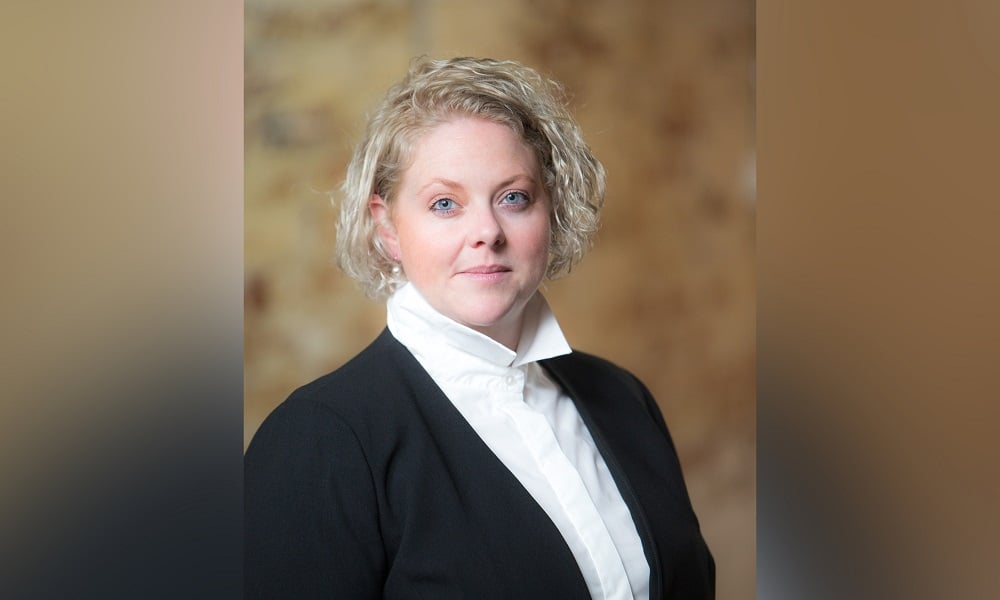OHS expert explains why pandemic has given safety leaders more sway in organizations

Safety leadership is a buzz phrase in the OHS sphere – certainly the pandemic has brought the importance of safety to the forefront of organizational concerns.
But how does this translate when engaging with stakeholders? More and more, safety governance is becoming an important part of a board's activities when it comes to engaging with management to push for concrete changes to workplace health and safety.
While the definition of safety governance has been around for a while, the understanding and the uptake has been at different levels.
"Safety Governance is the oversight functions taken to ensure no one is impacted by their work,” says Jillian Hamilton, CEO, Safety Governance Foundation.
“The definition of safety governance that [it] encourages a culture of ethical and legal responsibility, accountability for an organization’s inputs and outputs,” she says. “And it’s the oversight that encourages a focus on the impacts of the organization, intent on ensuring a safe workplace, safe products, safe services and safety to anymore impacted by their work.
The difference between safety governance and safety management is entirely key, says Hamilton.
“When looking at the corporate governance frameworks around the world, the omission of the word ‘safety’ or ‘workers’ or ‘non-financial risk’ is so high that it’s time to make a change.”
This is part of Hamilton’s mission through her not-for-profit, the Safety Governance Foundation:
“We’re here to help organizations understand and achieve great safety governance within their organizations, help them transform to great corporate citizens” she says. “We do it by creating a bridge between the C-suite and safety leaders to come together and to have organizational level discussions about safety and safety governance.”
Pandemic pressures
COVID is having a huge financial impact on organizations around the world, and for the first time ever, says Hamilton, company leaders have been forced to understand something about safety, “because they can’t operate if they’re not safe.”
This means that for the first-time safety professionals are getting a seat at the table: “They’ve never had so much air time!”
“We’ve got to make sure that board and C-suite people understand that safety is more than hand sanitizer and vaccine,” she says, “and I think that if we keep a strong focus on the benefits for organisation and we work hard to include it into the corporate governance frameworks, safety won’t drop off the agenda when we get moving again.”
Indeed, while the pandemic has certainly been a catalyst in bringing worker safety to the fore, safety professionals are now looking to keep that momentum once the threat of COVID has passed.
“COVID-19 is just the baseline of safety, [it] is leading and amplifying so many other aspects of safety that are not yet even being managed, understood or even looked at because people are still doing crisis management,” says Hamilton.
She says that safety governance is a means to officialise an organization’s interest in safety and weave it into a broader corporate governance framework.
Says Hamilton: “We’ve got our seat at the boardroom table right now because it’s a crisis about safety. We’ve got to maintain that seat at the boardroom table by understanding that we are part of everyday functions of organizations.
We have to learn the language of leaders to be able to speak with them on a day to day basis, and help bring non-financial risk into everyday governance so that it’s not only when there’s a crisis that boards start to understand the true benefits of being a good corporate citizen.”





